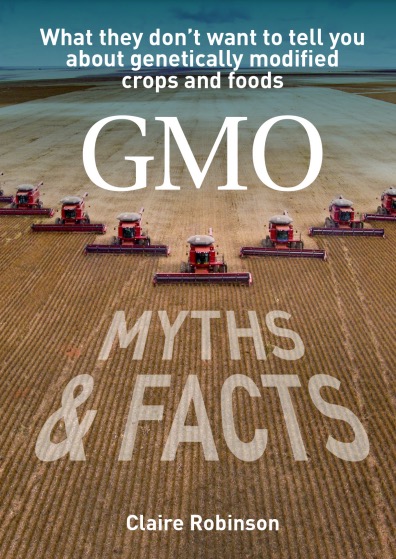1. Boy's DNA implanted in rabbit eggs
2. Australia examines ban on human cloning & cloned embryos
3. Heart Repair with Bone Marrow Cells
---
1.Boy's DNA implanted in rabbit eggs
By Roger Highfield, Science Editor (Filed: 27/09/2001)
From the Telegraph
http://news.telegraph.co.uk/news/main.jhtml?xml=/news/2001/09/27/wdna27.xml
SCIENTISTS in China have inserted a boy's DNA into empty rabbit eggs and grown hybrid embryos, it is reported today. A team at the Sun Yat-Sen University of Medical Sciences, Guangzhou, are trying to overcome a practical limitation facing scientists wishing to make transplant tissues by therapeutic cloning.
Using Dolly "nuclear transfer" technology, scientists want to create early embryos. These can be dismantled to yield stem cells that can be grown into any transplant tissue. However, there is a shortage of human eggs. One alternative is to create transplant tissue using other eggs. But there was an outcry three years ago when an American company announced that it was patenting a method to fuse human cells with cow eggs.
Today's issue of Nature reports that Dr Chen Xigu at Sun Yat-Sen is working along similar lines. In some of the 100 or so successful transfers to a rabbit egg stripped of chromosomes, an embryo developed to the morula stage, the compact ball of cells that forms after about three days of development.
For stem cells to be isolated, the embryos must be coaxed into developing further. In Britain, the Government plans to ban the creation of hybrids.
© Copyright of Telegraph Group Limited 2001.
---
2. Australia examines ban on human cloning
http://www.ananova.com/news/story/sm_403299.html
An Australian parliamentary committee has recommended a total ban on human cloning. It has also proposed a ban on the creation of embryos for research. The committee wants a nationwide regulation of research on adult and existing embryonic stem cell lines.
But it is split on the contentious issue of using surplus human embryos for research. "Embryos are human life and embryos in that context should not be destroyed for research," said conservative lawmaker John Murphy.
According to inquiry deputy chairperson Nicola Roxon, who supported the use of surplus embryos, Australia has an estimated 60,000 such embryos, created for couples using reproductive techniques like in-vitro fertilisation. "They get destroyed in any case if they are not used for the purposes for which they were created," she said.
She said using such embryos would increase the chances of success for Australian scientists, who are at the forefront of worldwide stem cell research.
Some experts believe stem cells may hold the key to cures for diseases such as Alzheimer's, Huntington's, Parkinson's and cancer and may even lead to scientists being able to grow new organs.
The committee's 300-page report is likely to form the basis of any future national policies agreed by state and federal governments.
Story filed: 08:43 Thursday 20th September 2001
---
3. Heart Repair with Bone Marrow Cells
ISIS Report - 4 October 2001
In a sensationally simple operation, doctors have patched up a patient’s failing heart using stem cells taken from his bone marrow. No need for patented embryonic stem cells nor immune suppressive drugs, which is why profit-driven corporate science can’t afford to do it.
Bone marrow stem cells removed from the 46-year-old man were injected into arteries near his heart. The cells migrated to areas damaged by a heart attack, and turned into healthy muscle cells. The operation was carried out four days after the man suffered a serious heart attack, and lost a quarter of his heart muscle after the organ was starved of oxygen.
Prof Bodo Eckehard Strauer carried out the treatment at the Dusseldorf University Cardiac Clinic where he is director. He reported that in ten weeks, the size of the damage has reduced by nearly a third, and the capacity of the heart itself has clearly improved. "Stem cell therapy could be more successful than all other previous treatments put together." He said. "Even patients with the most seriously damaged hearts can be treated with their own stem cells instead of waiting and hoping on a transplant."
Since March, Prof Strauer said he has treated six patients aged between 38 and 67 with their own stem cells, and they showed similar improvement. "Our results should show that it is possible to do this work without the ethically controversial embryonic stem cells," said Prof Strauer.
Another procedure that could be investigated is to boost the patient’s own circulating bone-marrow stem cells (see "Adult bone marrow cells mend heart without transplant", ISIS Report, 23 August, 2001 <www.i-sis.org>).
Source: "Stem cell therapy repairs a heart" by Hannah Cleaver and David Derbyshire, The Daily Telegraph, 25 August 2001.
This report can be found on the I-SIS website
http://www.i-sis.org/HeartRepair.shtml









